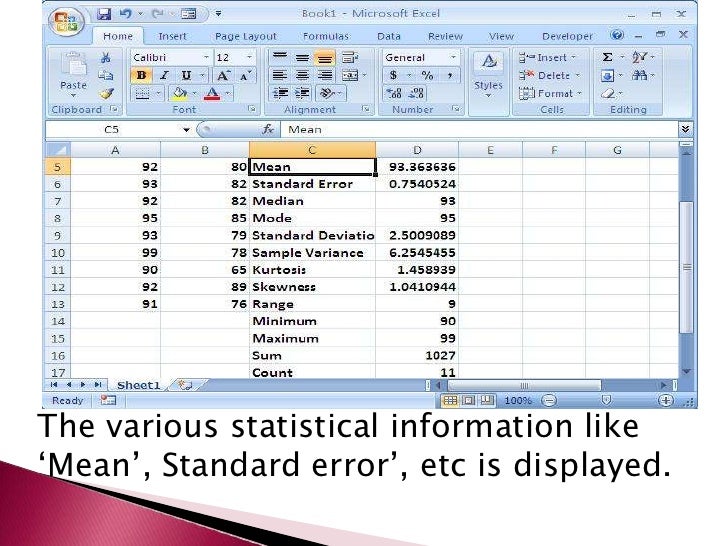
 data – the range of data you want to calculate descriptive statistics for. _tfreqs,IF(_alltxt,GROUPAGGREGATE(CHOOSE(),#N/A), INDEX(data,2,1):INDEX(data,ROWS(data),COLUMNS(data)), To use this LAMBDA, please follow the instructions at the top of this page under “Quick Start”. RECURSIVEFILTER – a simplified way of passing multiple filter criteria into Excel’s native FILTER function. GROUPAGGREGATE – provides dynamic aggregation of arrays including “GROUP BY” functionality similar to SQL, which in turn requires. In order to use this LAMBDA, you must also have these: Display #N/A for statistics meant for numeric columns (e.g.
data – the range of data you want to calculate descriptive statistics for. _tfreqs,IF(_alltxt,GROUPAGGREGATE(CHOOSE(),#N/A), INDEX(data,2,1):INDEX(data,ROWS(data),COLUMNS(data)), To use this LAMBDA, please follow the instructions at the top of this page under “Quick Start”. RECURSIVEFILTER – a simplified way of passing multiple filter criteria into Excel’s native FILTER function. GROUPAGGREGATE – provides dynamic aggregation of arrays including “GROUP BY” functionality similar to SQL, which in turn requires. In order to use this LAMBDA, you must also have these: Display #N/A for statistics meant for numeric columns (e.g.  “Least common text” – displays the text followed by the count of that text in parentheses. “Most common text” – displays the text followed by the count of that text in parentheses. This is the same as the column profiling behavior in PowerQuery. the last unique value when sorted alphabetically.
“Least common text” – displays the text followed by the count of that text in parentheses. “Most common text” – displays the text followed by the count of that text in parentheses. This is the same as the column profiling behavior in PowerQuery. the last unique value when sorted alphabetically. 

This is the same as the column profiling behavior in PowerQuery the first unique value when sorted alphabetically.
Display #N/A for statistics meant for text columns as outlined below. Note that this is not necessarily the same as “Count” since that uses the COUNT function, which ignores non-numbers “Rows” statistic for both numeric and text columns. “Distinct count” statistic for both numeric and text columns. Describe multiple columns at once – lambda produces a tight array with row headers as the name of the statistic and columns headers that match the selected range. Re-orders the statistics to place most commonly used statistics at the top of the output (Sum, Mean, Count).












